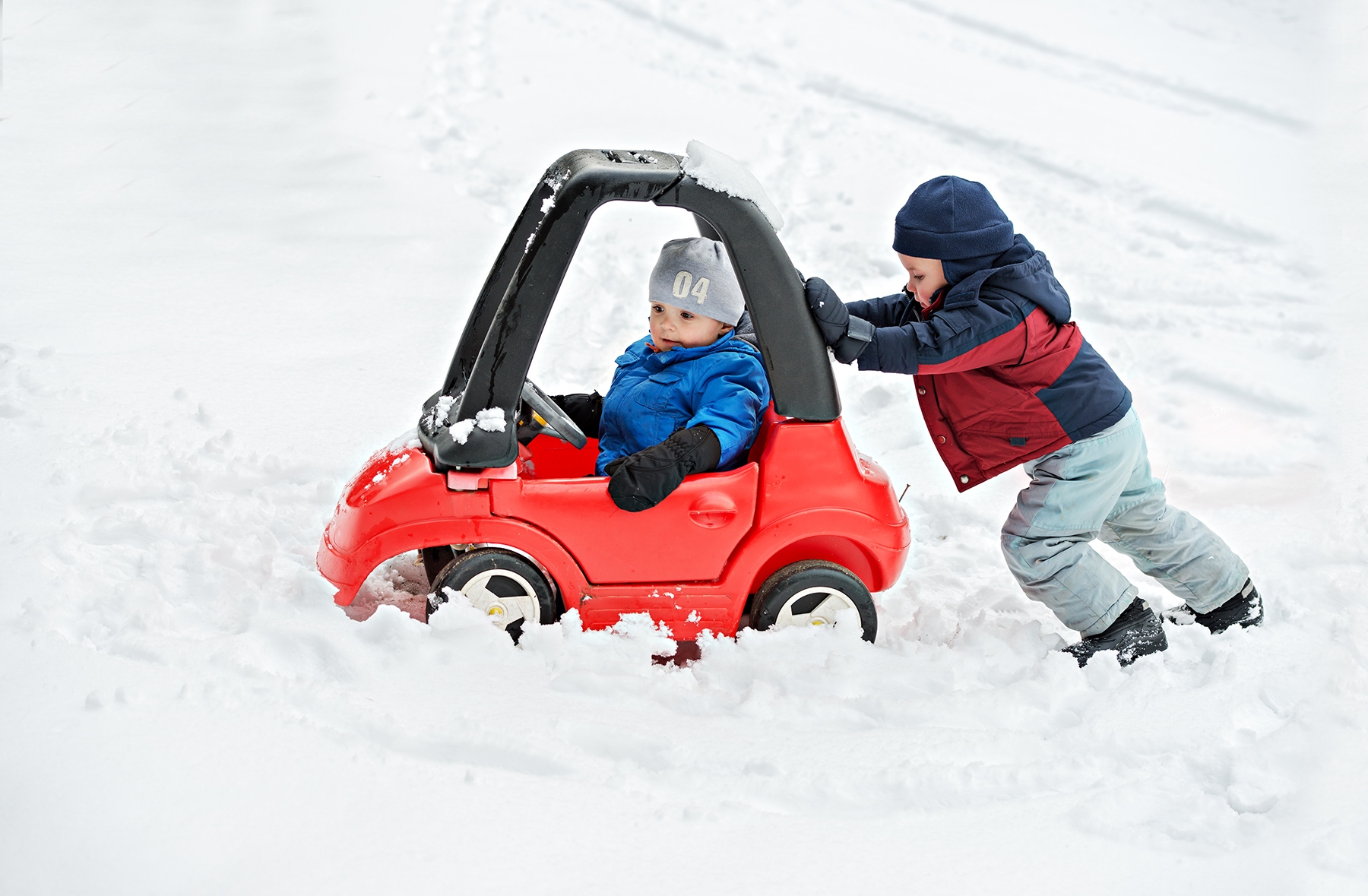
These preventative care tips will ensure that you are prepared for the big chill.
Ensure your battery is in good shape
Cold temperatures reduce every car battery’s cranking power. Around 0° F, a battery has about half the cranking power it has at 80° F. You can have the battery professionally tested at a service station, auto parts store, or repair shop. Some tired batteries merely require charging but if you find that your battery is defective or worn out, your best bet is to replace it.
Replace your wiper blades
Even the best-performing wiper blades can start to lose their effectiveness in as little as six months. Your blades may be ready for retirement if you start noticing streaks or missed expanses of glass. You can stretch their lifespans by cleaning the rubber edge of the blade periodically with a paper towel and glass cleaner, but the safest bet is to replace your wiper blades as often as twice per year.
Clear the windows of ice
Never try to use your wipers to remove ice from your windshield. Instead, use a plastic ice scraper before you try to drive. If you park outside, place your wipers in a raised position to keep them from freezing to the windshield overnight.
Check your lights
Look to see if all your car’s lights are working properly and that the lenses are clean. Otherwise, you may not have optimum visibility at night and other motorists may have a harder time seeing you in difficult weather.
Click here for a DIY method to restore foggy or cloudy headlights.
*Tips courtesy of Consumer Reports